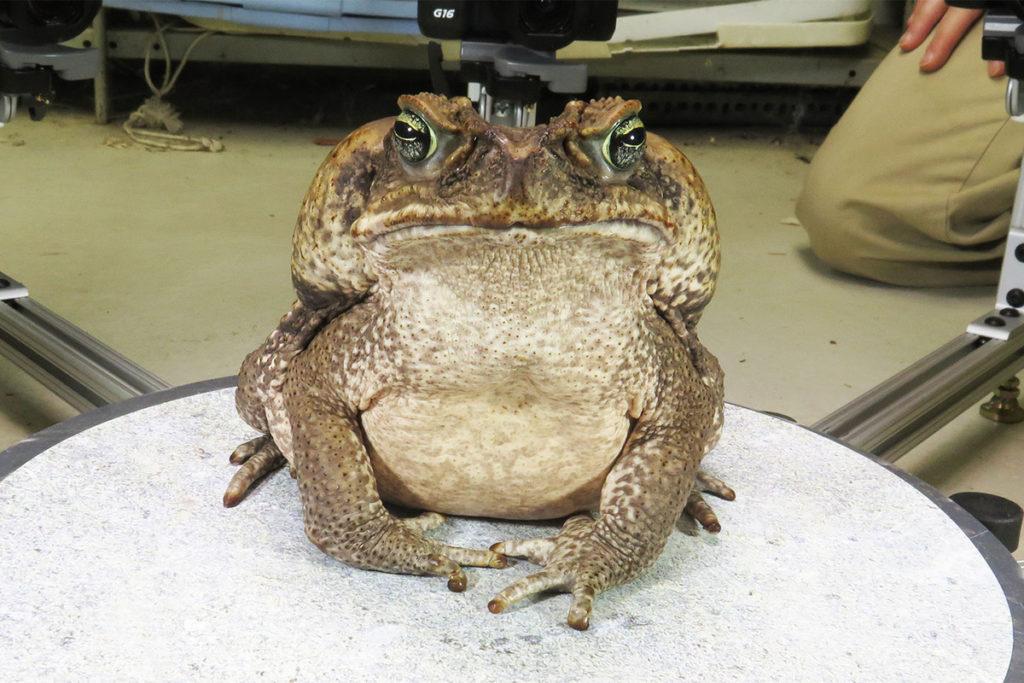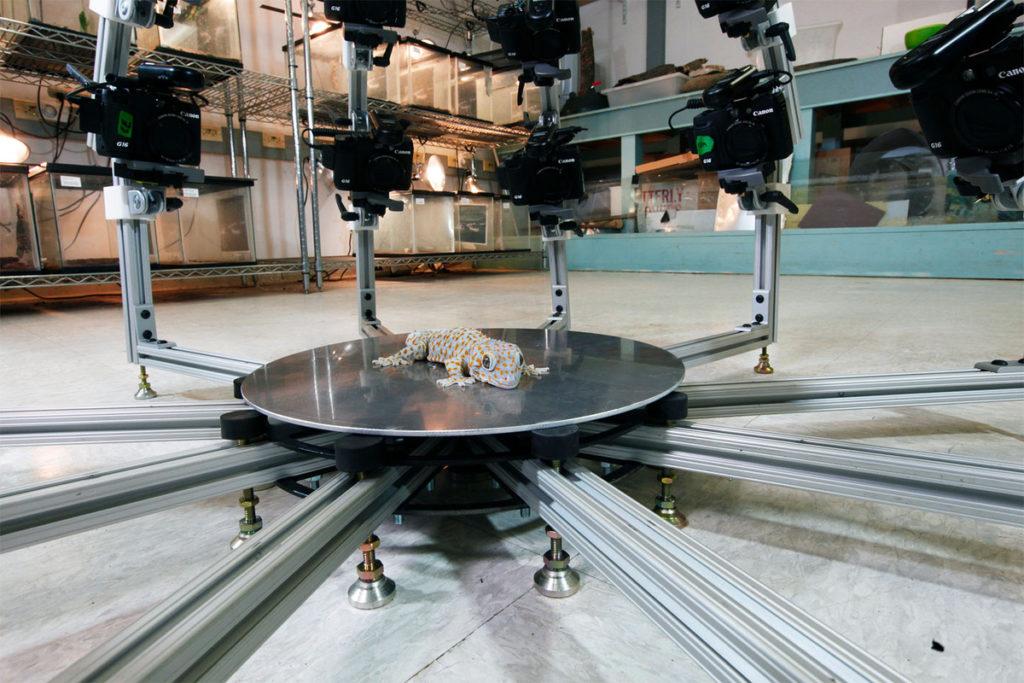You may be surprised to know just how often 3D technology is able to help in saving the lives of innocent animals. Whether you are an all-out vegan, PETA-loving activist for animals, or just a more laid-back lover of all creatures, we can all generally come together to agree that if testing on animals could be completely eliminated, that would be a relief. And technologies such as bioprinting are definitely going to play a large role, as we’ve seen already with researchers able to use it for processes like experimenting on brain tumors through the creation of cellular structures in the lab—all without putting animals in the line of fire. Such testing is important as it allows for the study of diseases along with how they react to certain treatments—ultimately, offering hope to cure more patients.
Now, 3D imaging is being used to study animals themselves, without harming them. Sadly, in the collecting of data and working to understand animals, they often lose their lives. But what if that problem could be eliminated altogether, with the element of learning expanded as well? That’s what biologist Duncan Irschick, hailing from the University of Massachusetts, is working toward—and with great progress.
With the previous creation of Geckskin, Irschick showed the world that he could produce a unique and powerful adhesive developed from the inspiration of how gecko feet work in sticking to things. He has also, this year, invented the Beastcam. With this portable camera, he can take pictures of live animals that are automatically converted to 3D images. That’s handy, of course, but he has great ambitions for the Beastcam, which is comprised of 30 cameras altogether, bearing ten arms that hold three cameras each.
 Irschick plans to make 3D models of all living species on our planet. Once that part of the project is complete, he will publish the data using his Digital Life platform.
Irschick plans to make 3D models of all living species on our planet. Once that part of the project is complete, he will publish the data using his Digital Life platform.
“In the field, people often have to kill an animal to preserve it,” Irschick said in a recent interview. “With our 3D models, the animal can stay alive.
“If you discovered a new species in the wild, how fantastic would it be if you could create a 3D model of the living animal right there,” he asks, “capturing its color, shape, and posture?”
Irschick and his team also have a handheld version that they use for larger animals; for example, when scanning sharks (yes, sharks!) they have used the handheld Beastcam.
“The current system is designed for smaller animals who pose really well for photographs,” says Irschick. “So the current range is from about three-and-a-half inches to 10 inches, but in the next several months we’ll have the capacity to capture animals from half an inch to six feet or more.”
Irschick and his team are planning to begin making 3D models of frogs and sea turtles in the very near future. Because these groups of animals face major survival threats, this was an excellent starting point.
“We are excited to use the Beastcam technology to preserve the digital heritage of all life on Earth,” said Irschick. “This will take several lifetimes, but we are thrilled to begin the journey. Digitally preserving the heritage of life on Earth is especially important given the rapid decline of many species, and this technology can recreate organisms in a way that has never been done before.”
Discuss in the Beastcam forum at 3DPB.com.
[Source: UMassAmherst; Digital Trends / Images: Irschick Lab]Subscribe to Our Email Newsletter
Stay up-to-date on all the latest news from the 3D printing industry and receive information and offers from third party vendors.
You May Also Like
Precision at the Microscale: UK Researchers Advance Medical Devices with BMF’s 3D Printing Tech
University of Nottingham researchers are using Boston Micro Fabrication‘s (BMF) 3D printing technology to develop medical devices that improve compatibility with human tissue. Funded by a UK grant, this project...
3D Printing Webinar and Event Roundup: April 21, 2024
It’s another busy week of webinars and events, starting with Hannover Messe in Germany and continuing with Metalcasting Congress, Chinaplas, TechBlick’s Innovation Festival, and more. Stratasys continues its advanced training...
3D Printing Webinar and Event Roundup: March 17, 2024
It’s another busy week of webinars and events, including SALMED 2024 and AM Forum in Berlin. Stratasys continues its in-person training and is offering two webinars, ASTM is holding a...
3D Printed Micro Antenna is 15% Smaller and 6X Lighter
Horizon Microtechnologies has achieved success in creating a high-frequency D-Band horn antenna through micro 3D printing. However, this achievement did not rely solely on 3D printing; it involved a combination...
































